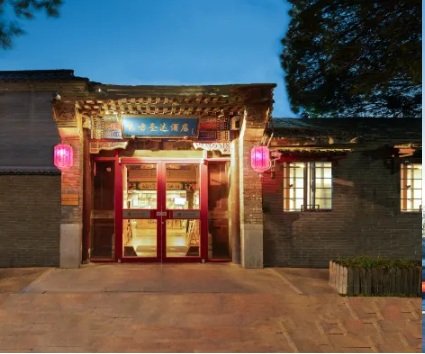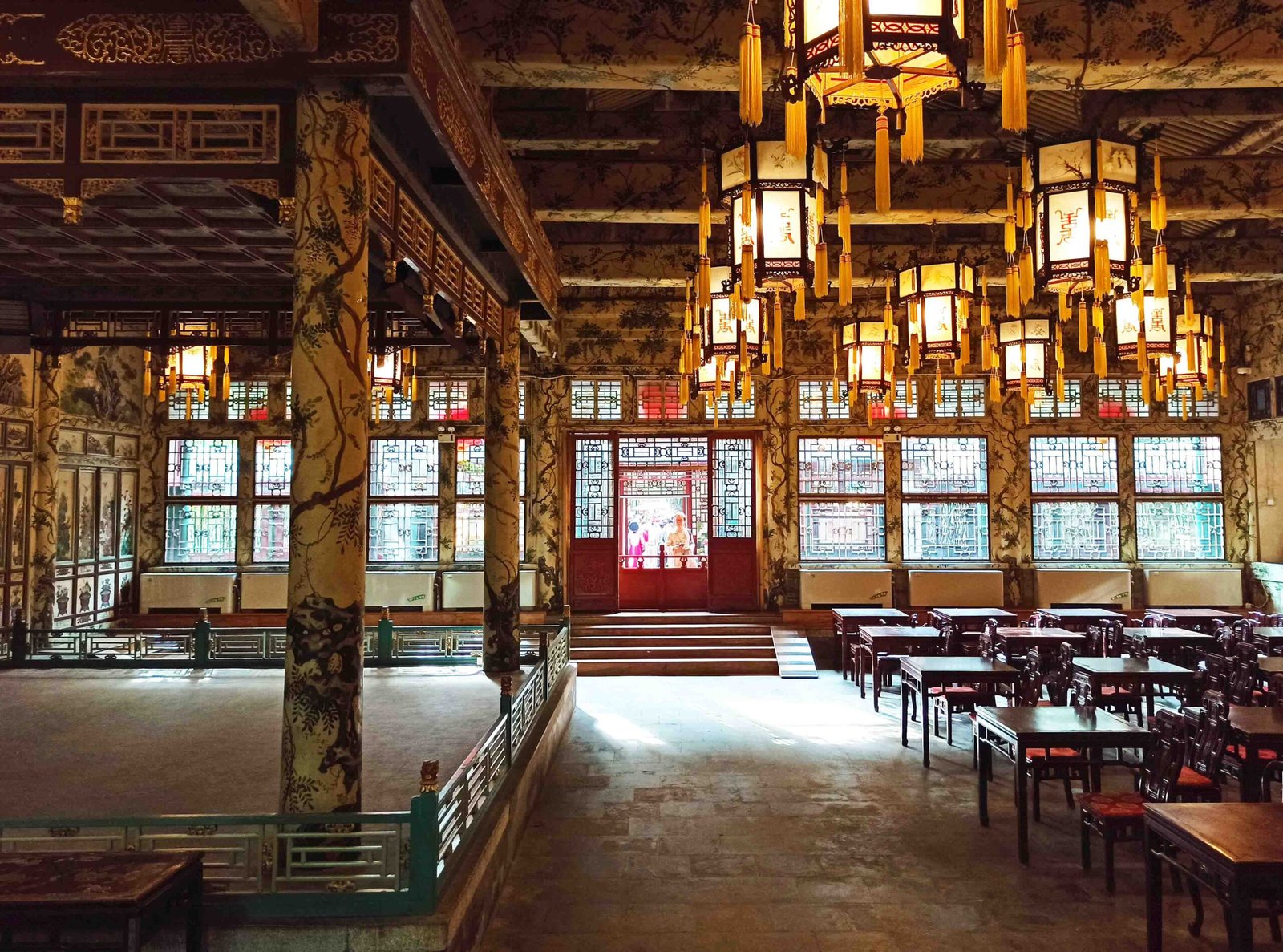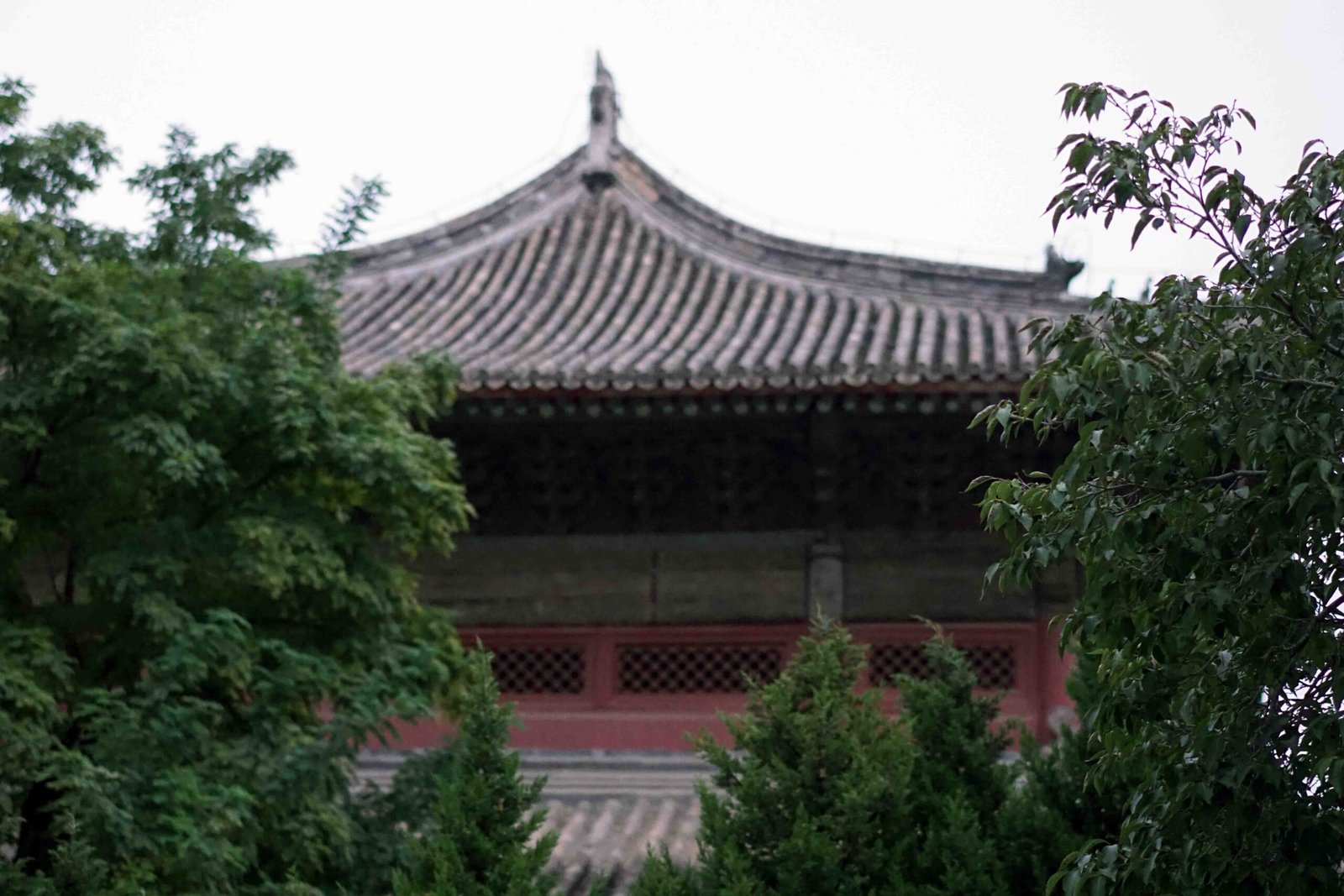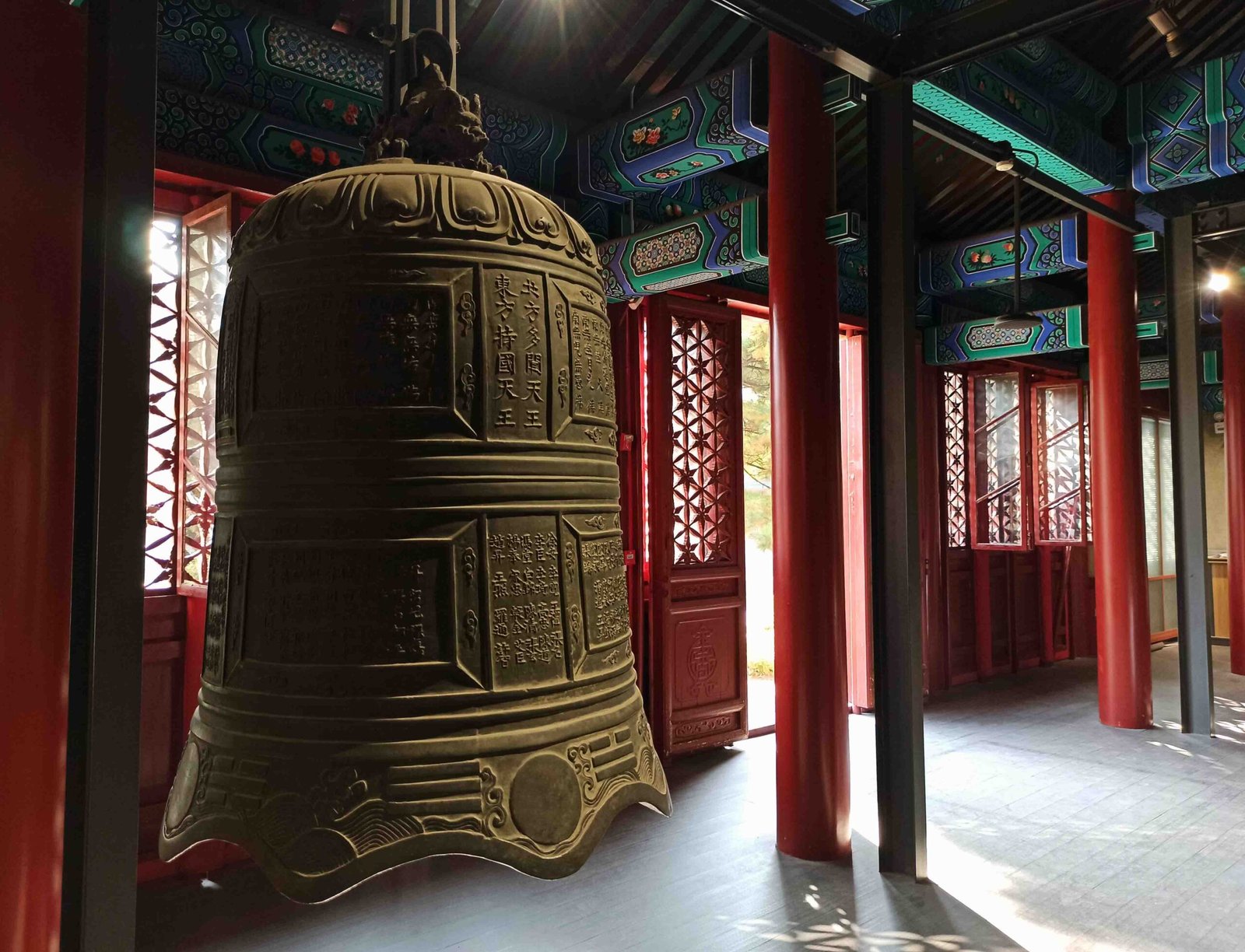The Mansion
Visiting Prince Gong’s Mansion (Gong Wang Fu, 恭王府) is a good way to experience imperial history away from typical sites like the Forbidden City. Visiting on a Thursday afternoon, I thought I would avoid large crowds, but it was not to be.
Crowds there were. Tucked away in the hutong alleys near Shichahai Lake, the Qing Dynasty site came complete with courtyards, intricate carvings, gardens, and ornate pavilions. For me, the gardens were the highlight of this visit.
Visiting Prince Gong’s Mansion is a must for history buffs, garden lovers, and anyone seeking a serene contrast to the city’s hustle.
This site is also called Prince Kung’s Mansion; and Prince Kung’s Palace Museum.
Leaving exit B from the subway stop Beihaibei on Line 6, it only took about five minutes to get to Prince Gong’s Mansion (make it 10 minutes for a slow walk). I walked north and then followed the sign west. Instead of going there directly, I wandered through the narrow hutong lanes surrounding the mansion.
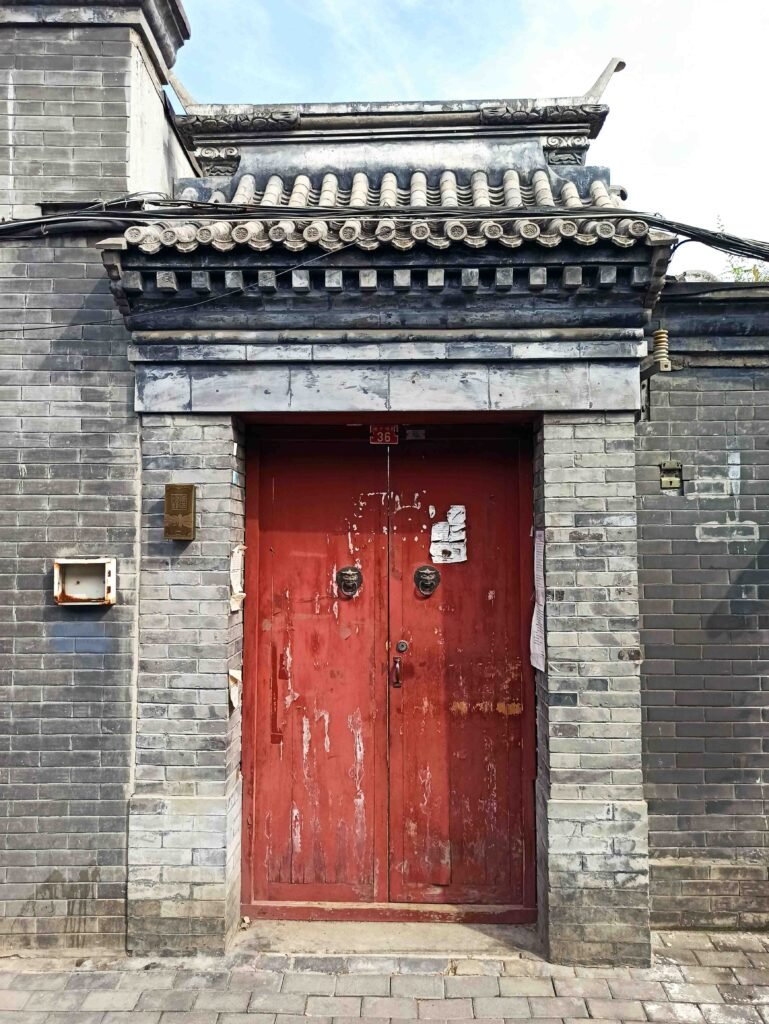
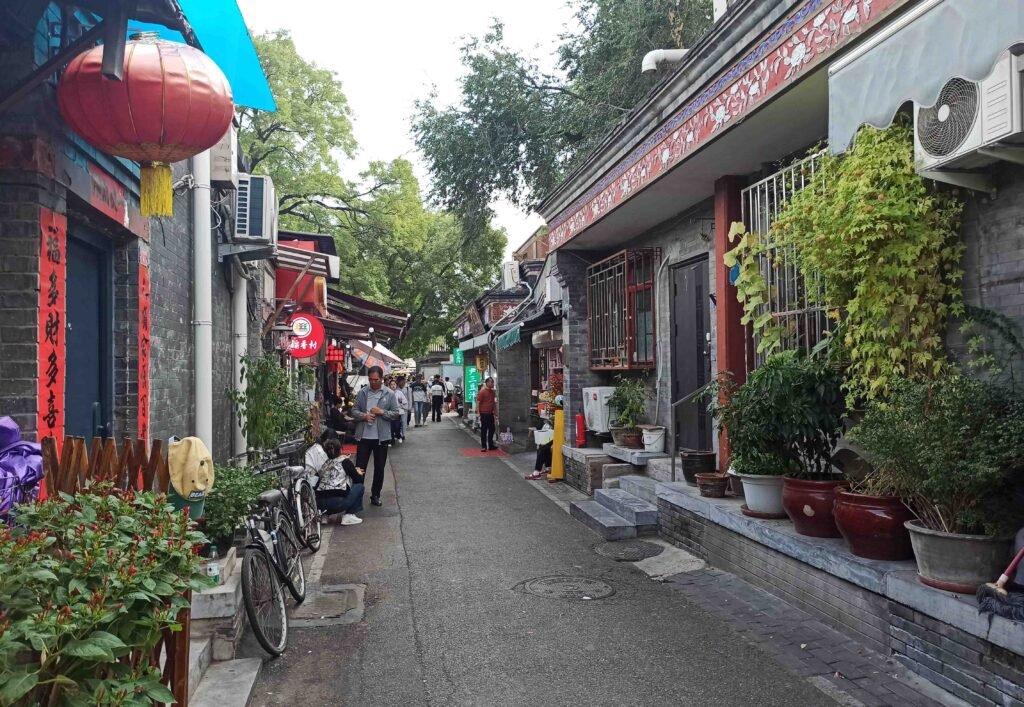
You can take bike tours, eat local Beijing snacks, or just look at the unique architectural features. I was surprised at how friendly the locals were considering it is a high tourist location. After admiring the hutongs, I made my way to the mansion.
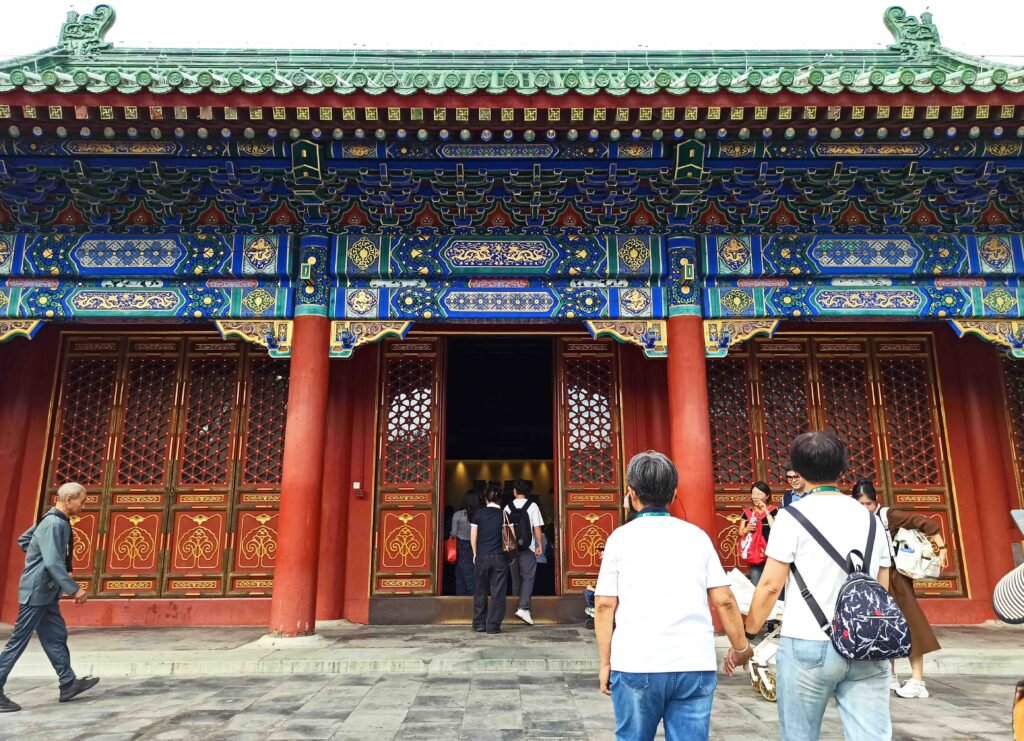
A Glimpse into the Mansion’s History
Prince Gong’s Mansion was originally built in the 18th century for Heshen, one of Emperor Qianlong’s most powerful and controversial officials. He amassed more wealth than the entire imperial treasury. His wealth was seized when Qianlong’s successor, Emperor Jiaqing, executed him in 1799. The mansion was then given to Prince Qing. In 1851 Emperor Xianfeng handed over the mansion to Prince Gong, a key political figure in the Late Qing Dynasty.
After the collapse of the Qing Dynasty, Prince Gong’s grandson offered the property to the Catholic Church. The buildings were restored and the site was used as the Furen Catholic University until 1951. It was then used by the Beijing Air Conditioning Factory until it was declared a major historical site in the 1980s.
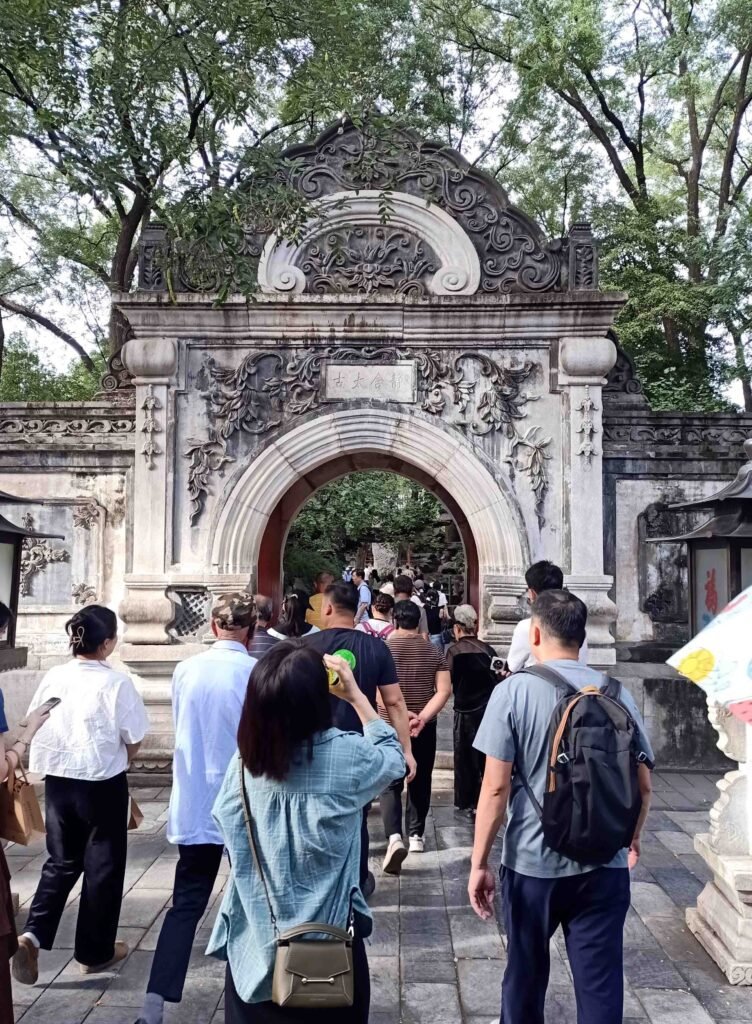
Western-Style Gate
Prince Gong’s Mansion
Main Entrance
Prince Gong’s Mansion
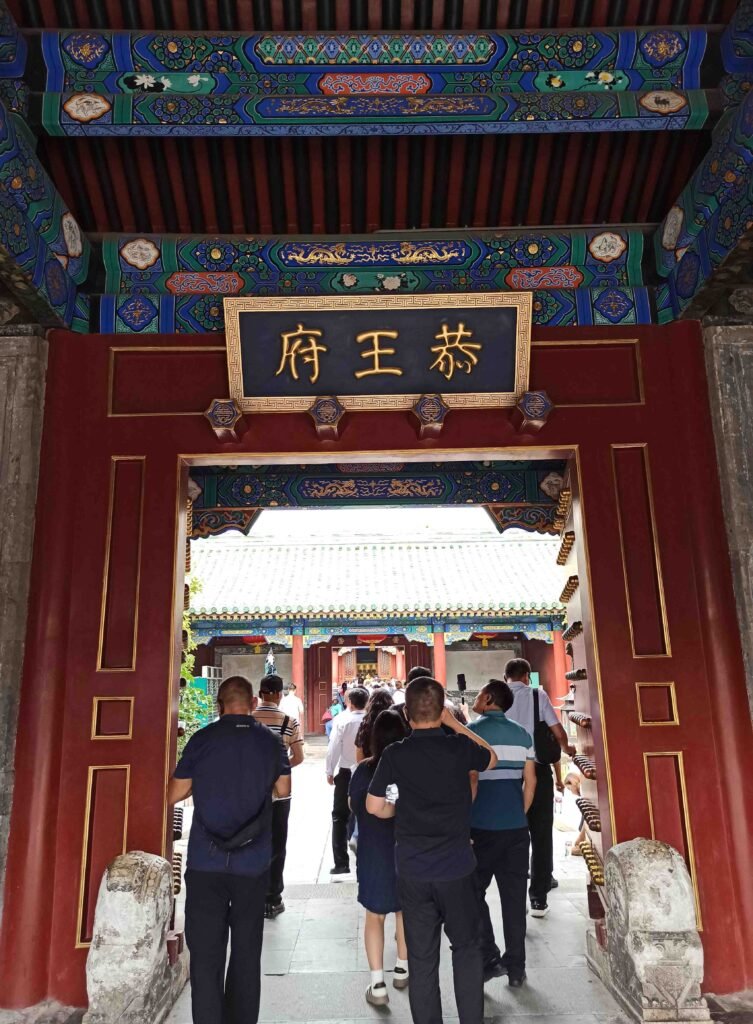
What to Explore in Prince Gong’s Mansion
It took me about two hours to explore the entire site. I found the garden and buildings at the north end to be more captivating than the residential buildings at the south. The buildings are used to display museum artifacts and for educational purposes. Some explanations are in English, but most of the content is in Chinese. Some buildings were also used for temporary exhibitions.
The Residential Buildings: These buildings contain museum information and artifacts from the Qing period. There were explanations of life during the Qing Dynasty and the Manchu nobles living during that time. When I visited there was also a fashion exhibition, combing both modern and traditional Chinese aesthetics.
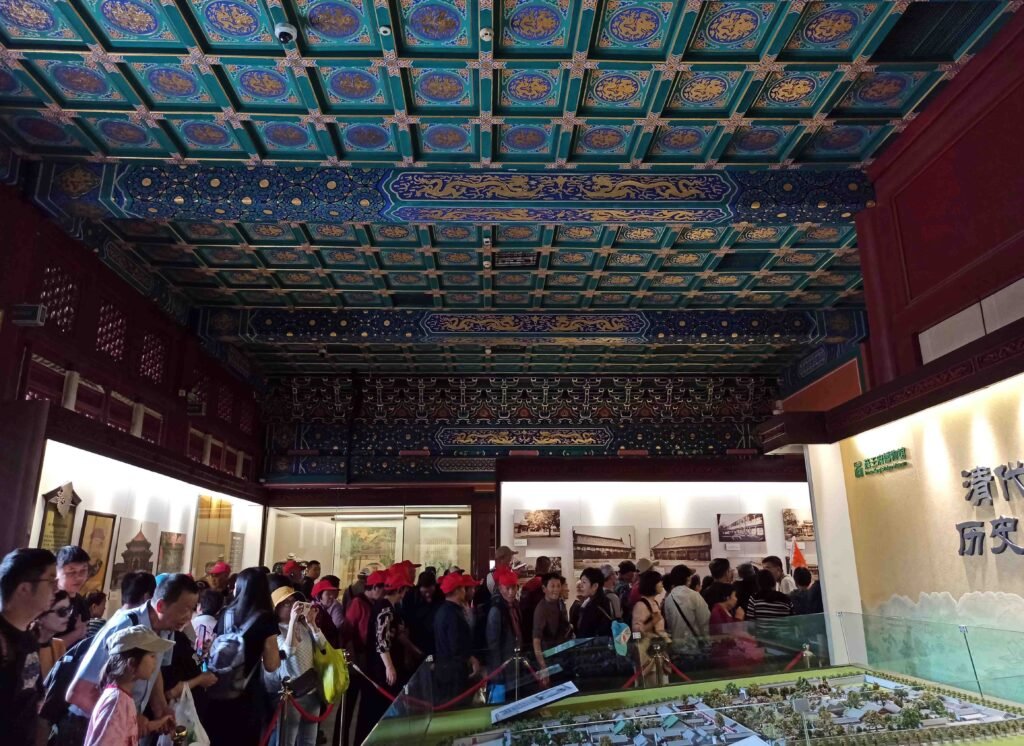
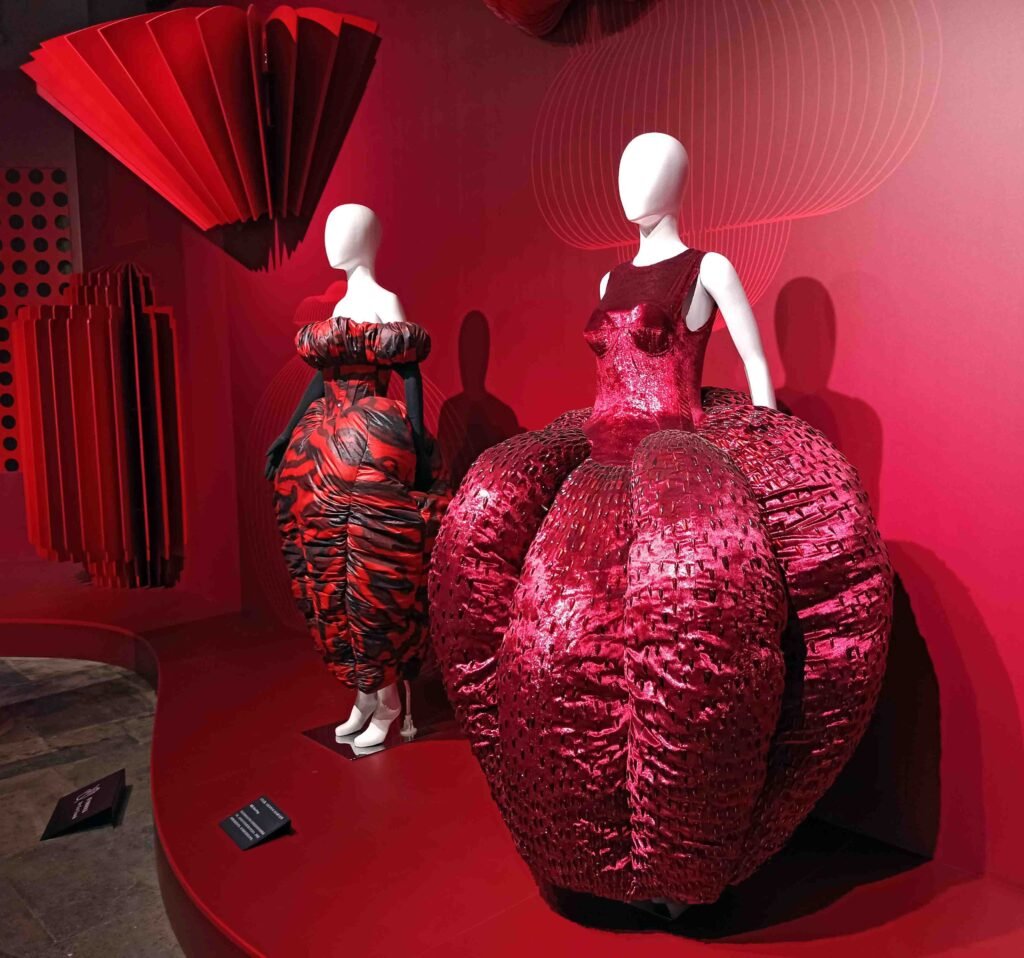
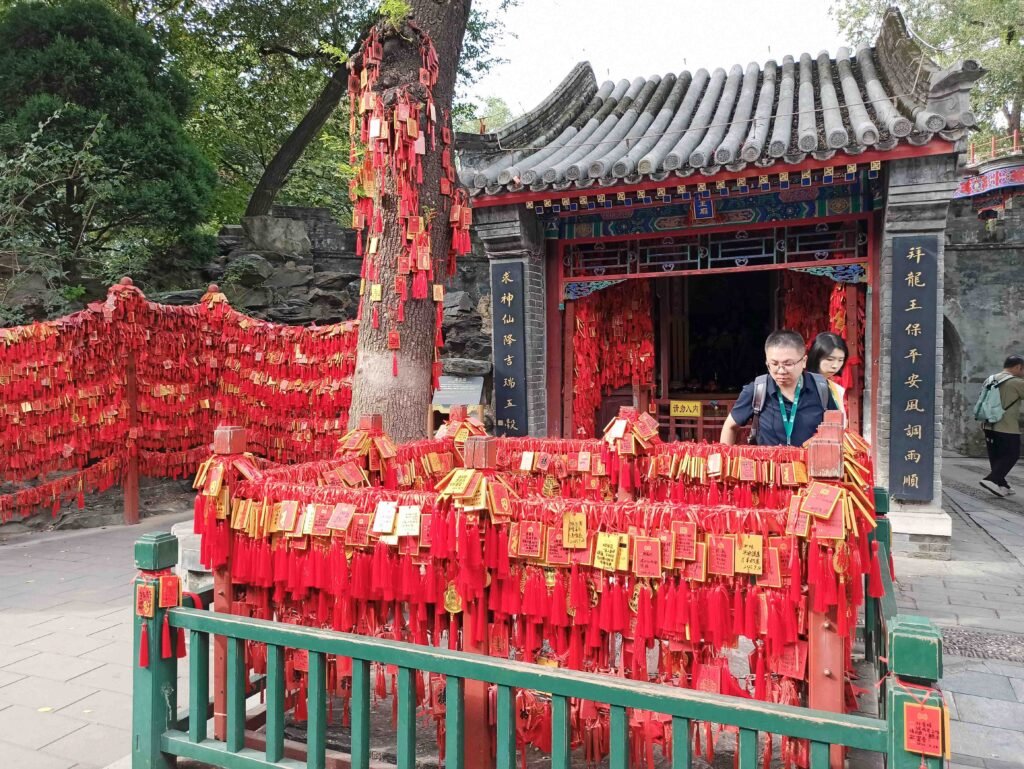
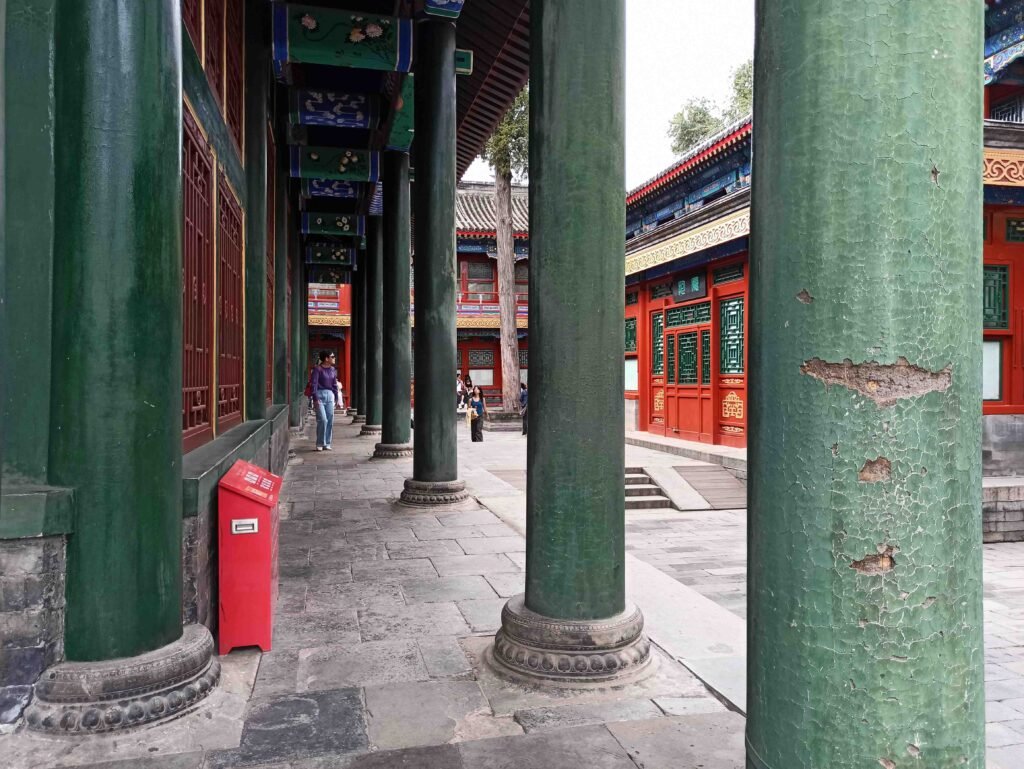
The Grand Theater: This building is built of timber and can be found the north eastern direction of the site. It has been used for more than 100 years for Beijing and Kunqu Opera performances. The Grand Theater House has been ornately decorated with a color scheme I have not seen elsewhere in Beijing.
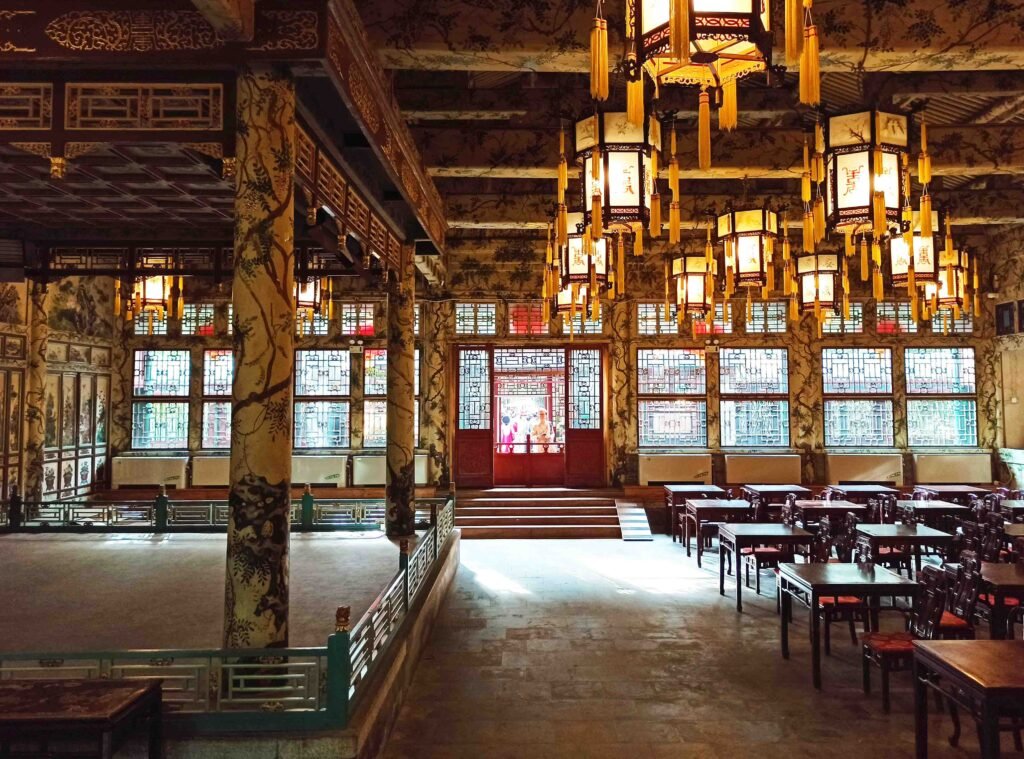
Cuijin Garden: I enjoyed the tranquil feel of the gardens. On the north western side is a pavilion situated in the middle of the lake. A guide explained to me that the prince would row to the pavilion as a place of personal escape. Other areas contain artificial rockeries, lotus ponds, and small pagodas (The guide said she worked in counter three at the entrance and helped explain important aspects of the site for free – but Chinese language is a must).
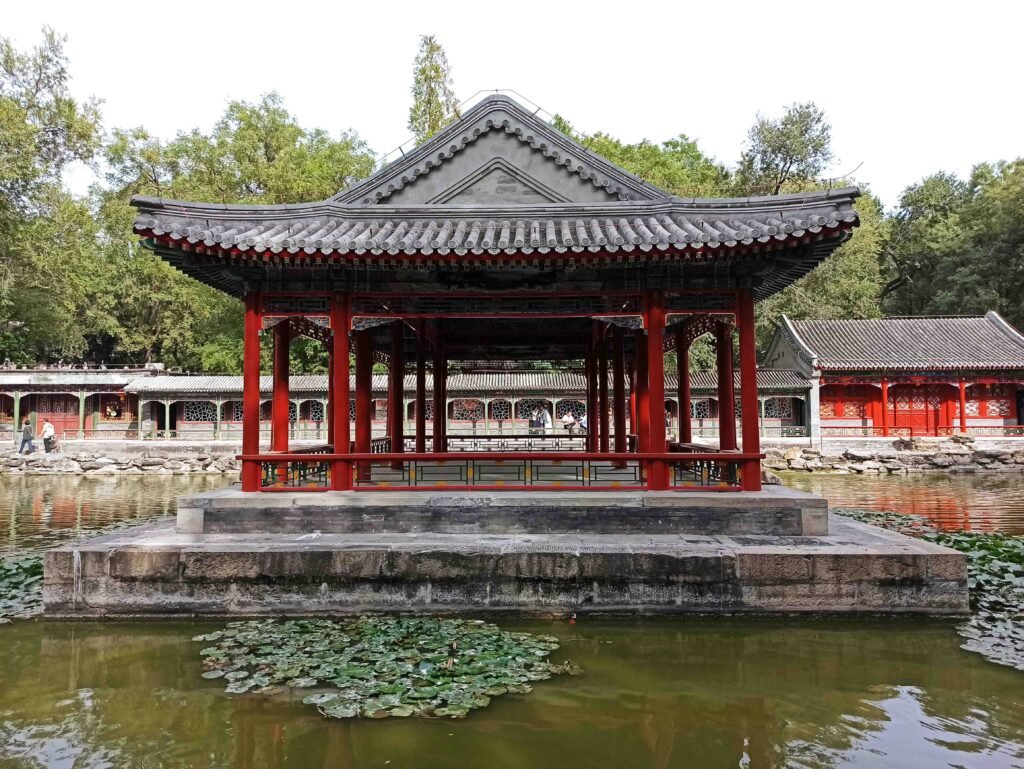
The ‘Fu’ Stele: It took me about 15 minutes to view the ‘Fu’ Stele due to the crowd. It is a copy of Kangxi Emperor’s handwriting. Everyone was rubbing the rocks around the cave, as well as the glass covering the character for good luck!
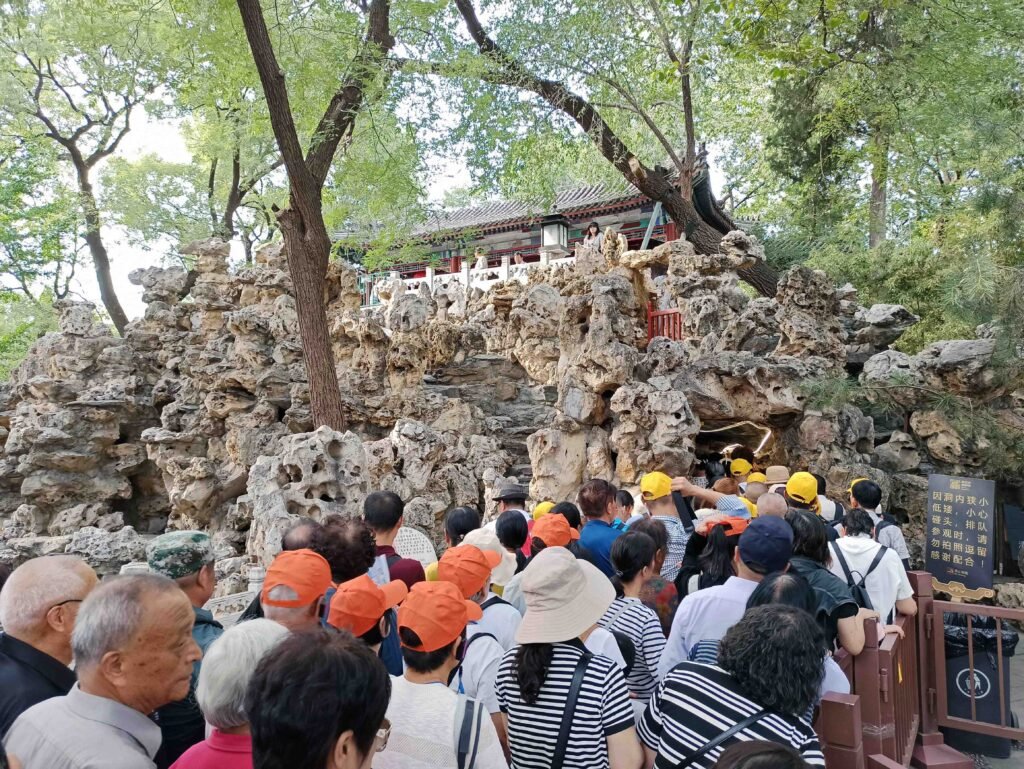
Why You Should Visit Prince Gong’s Mansion
Prince Gong’s Mansion is one of the best examples of Qing Dynasty architecture found in Beijing. The gardens provide a tranquil escape from Beijing’s hustle and bustle.
Have you already wandered through Prince Gong’s mansion and gardens? Write a comment below about your impression and experience!
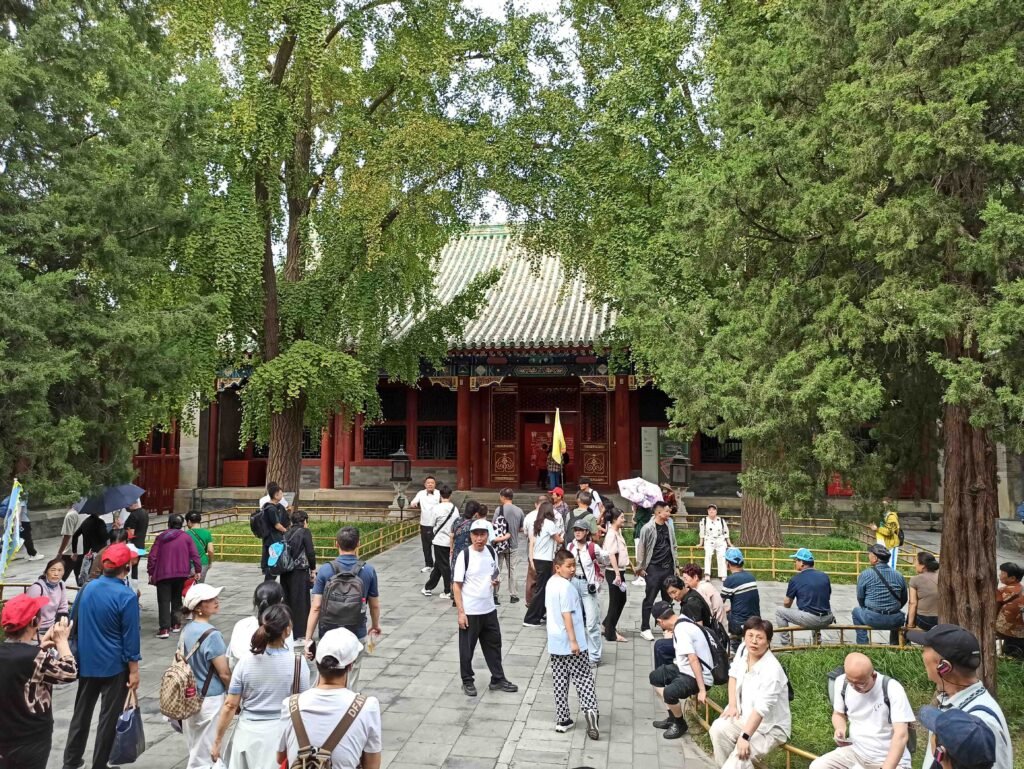
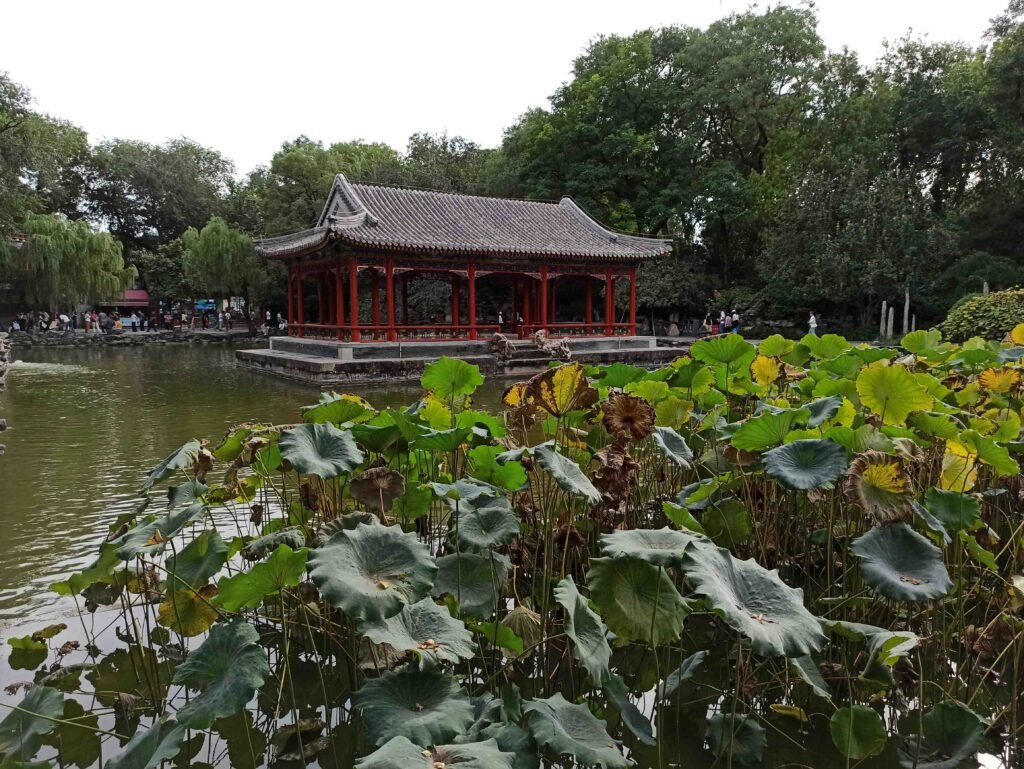
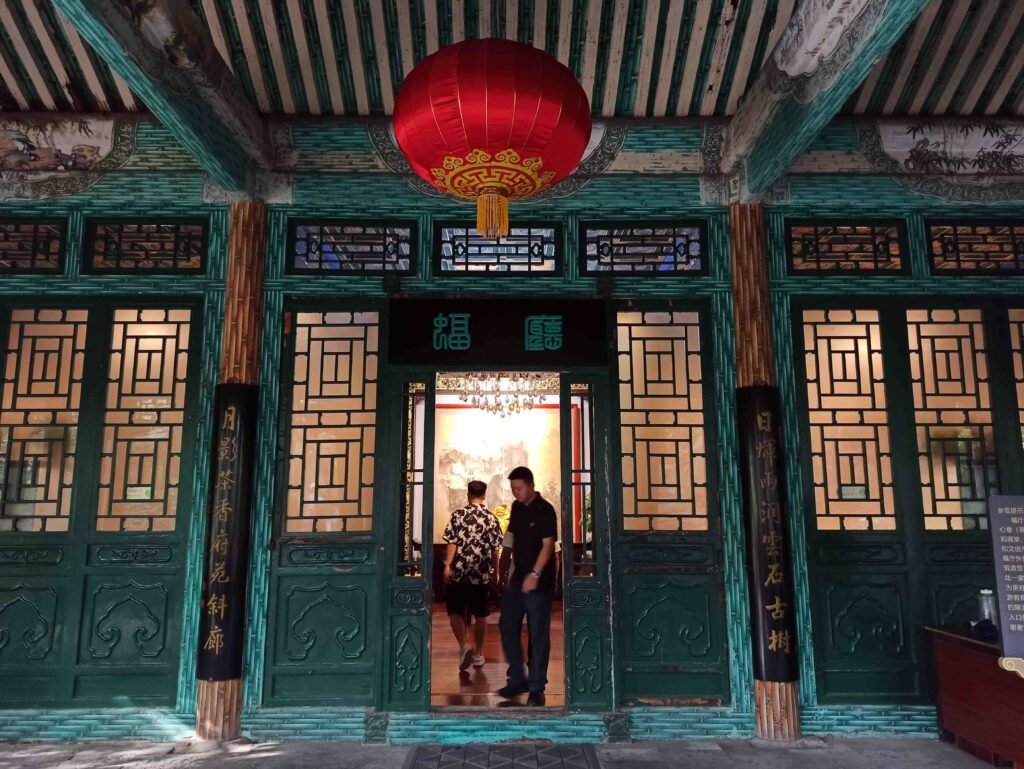
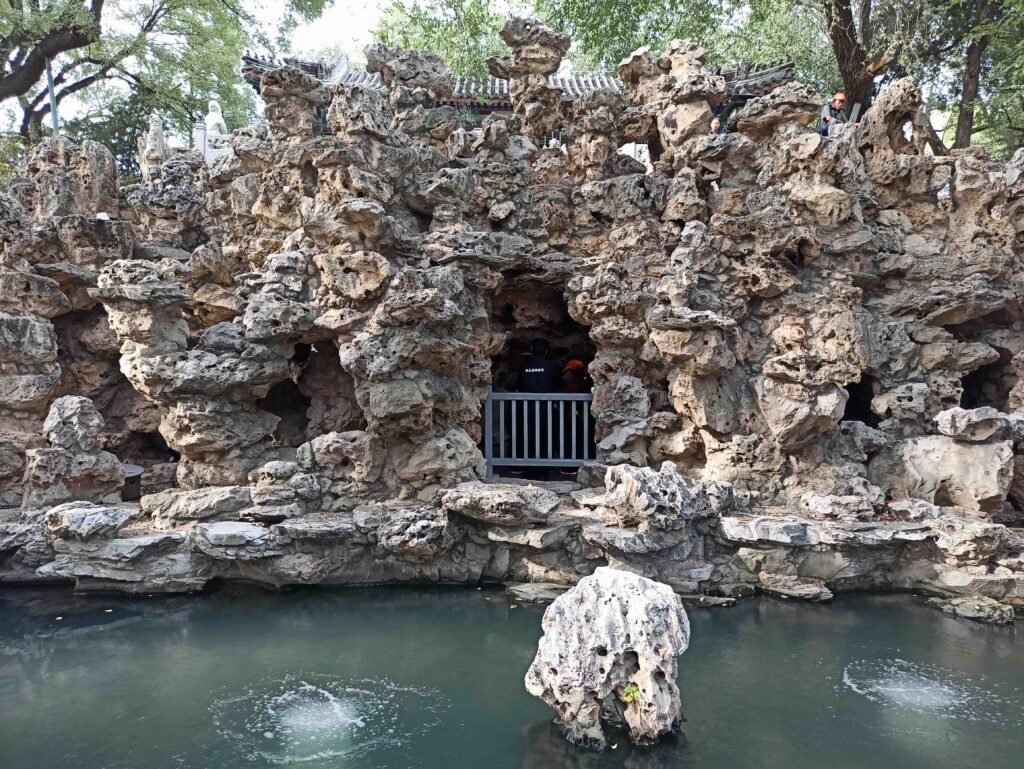
Practical Information: How to Get to Prince Gong’s Mansion and What It Costs
Best Time to Visit
The best time to visit Prince Gong’s Mansion is spring (April–May) or autumn (September–October). The weather is mild, and the gardens are beautiful. Avoid the summer crowds and national holidays if you prefer a quieter visit.
Tips for Visiting Prince Gong’s Mansion
- Arrive early: The mansion gets busy by late morning, especially on weekends. Arriving around opening time gives you a peaceful experience in the gardens.
- Wear comfortable shoes: The complex is large, and you’ll be walking over uneven stone paths.
- Take your time in the garden: It’s one of Beijing’s most beautiful examples of a private imperial garden — bring a book or just relax and enjoy the scenery.
- Don’t miss the cultural performances: Sometimes there are Peking opera or traditional music shows in the courtyard — check the schedule when you arrive.
- Combine your visit: Combine this trip with other nearby attractions like Beihai Park, Houhai Lake, or even the Nanluoguxiang Hutong district.
Opening Hours and Admission
- Opening Hours:
- April to October: 8:30 AM – 5:00 PM (last ticket purchase 4:00 PM; last entry 4:10 PM)
- November to March: 9:00 AM – 4:30 PM (last entry 3:40 PM)
- Ticket Price:
- Adults: ¥40
- Students and seniors: ¥20
- Guided tours and audio guides are available for an additional small fee.
- Closed: Mondays (except national holidays)
Address and How to Get There
- Address: No. 17 Qianhai Xijie, Xicheng District, Beijing (北京市西城区前海西街17号)
- Nearest Subway: Line 6 or Line 8, Beihai North Station (北海北站), Exit B. From there, it’s about a 10-minute walk.
- By Taxi: Simply tell the driver “Gong Wang Fu” — it’s a well-known landmark.
- By Bus: Buses 13, 42, 107, or 111 all stop nearby.

Accommodation Close By
These are affiliate links; we may earn a small commission at no additional cost to you.
Premium Accommodation
The PuXuan Hotel and Spa: A short taxi ride to Prince Gong’s Mansion. A central location with all necessary amenities to relax at the end of a long day exploring the city.
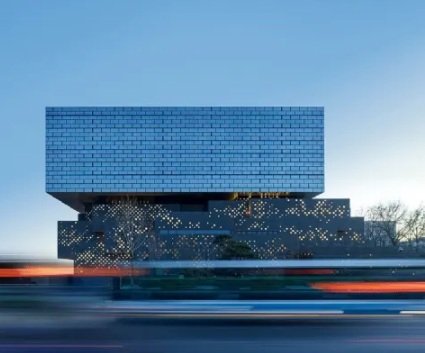
Affordable Accommodation
Houhaiyuan Hotel: This hotel has is surrounded by scenic spots such as Prince Gong’s Mansion, Houhai Lake, Nanluo Guxiang, with convenient transportation.
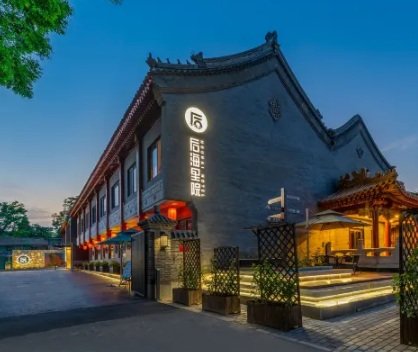
Budget Accommodation
East Sacred Hutong Culture Hotel: Very close to the Drum Tower, The Lama Temple, Houhai Bar Street. A short taxi to Prince Gong’s Mansion. Has the basics at a lower price.
